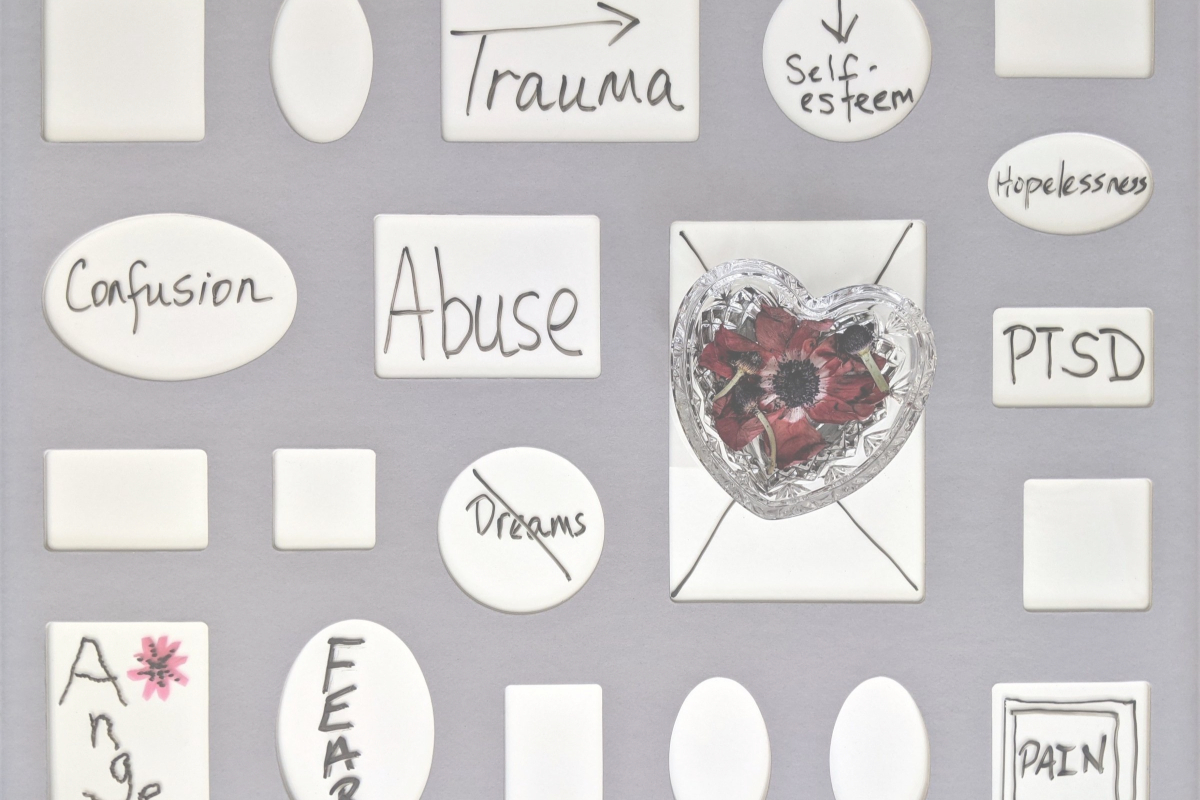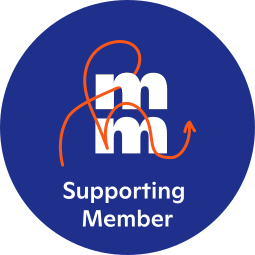Hello again! Welcome to the third and final blog post where we dive into Gretchen Schmeltzer’s insightful book, “Journey Through Trauma: A Trail Guide to the 5-Phase Cycle of Healing Repeated Trauma.” If you haven’t caught up on the first two blogs, click here to get up to speed!
Are you starting to realize that healing from relational trauma is possible? In the first blog, we explored 7 key points that Gretchen believes are crucial for understanding relational trauma. The second blog looked deeper into how trauma affects your brain, body, and overall well-being. In Part 3, we will dive into the 5-Phase Cycle of Healing from relational trauma.
Before diving into the 5 phases, let’s first quickly go over three key points that form the foundation of the healing process.
No one heals alone: Gretchen emphasizes that healing from relational trauma isn’t something you can do on your own. “You will need to find help in order to heal.” Her book is a how-to understand –and-use- -help book. It is a what-to-expect-from-trauma-treatment book. The book demands you get help, but it also provides information you need to feel empowered and secure in your helping relationship. I couldn’t agree more! Seeking support from a therapist, psychiatrist, social worker, or religious leader can be incredibly beneficial for your healing journey. Remember, professional support is a key part of your healing process.
The paradox: Repeated trauma, relational trauma, often occurs within a relationship, making it hard to trust and seek help. It’s common for people to feel like they have to face it alone. I’ve seen many clients struggle for years before feeling safe enough to ask for help. But the truth is that healing from relational trauma requires a healthy and safe therapeutic relationship. If you or someone you know has experienced repeated abuse of any kind, whether it’s physical, psychological, or sexual, I urge you to reach out for help. Taking that step is crucial to moving beyond your trauma and toward healing.
Healing is a process: Here is a refreshing dose of reality from Gretchen, “The trauma that happened to you is not your fault, but healing from your trauma is your responsibility.” Healing isn’t easy—it’s a journey. It won’t always be smooth sailing; it can feel messy and disorienting. But trust me, it’s all worth it in the end. As Gretchen writes, “Healing means you are living in the present with a sense of a future – not just surviving or living in an ever-present past, protecting yourself from what has already happened.” Healing means you get to live all your life, not just your trauma.
Notes about the 5-Phase Cycle of Healing Repeated Trauma
- Each phase has its own focus and purpose
- What works in one phase may not work in another; each requires its own set of skills
- Periodic recovery throughout the process is important; we do not want to overstress your system, or it will break down
- The process is not linear; it is okay to go back and forth between phases
- You will need support throughout the cycle; no one heals alone
- The cycle addresses emotional, cognitive, spiritual, physical, and relational health
The 5-Phase Cycle
Preparation: Get ready to lay the groundwork for your healing journey. This phase is all about preparing you for the important work of trauma treatment ahead. Gretchen says it this way, “The task of the preparation stage is to strengthen all your resources, both internally and externally, and build the healing relationship with the therapist.” Your safety and well-being are top priorities. Gretchen encourages you to seek fulfilling work, whether it’s paid or unpaid. This is where you’ll focus on self-awareness, managing emotions, effective communication, and building strong relationships. You’ll also prioritize your health, sleep, and nutrition, and address any addictions you may be facing. Think of this stage as the grounding phase – a place to steady your mind and body while you navigate the healing process. Consider it your base camp, a sanctuary you can return to whenever you face challenges.
Unintegration: Gretchen calls this the “controlled coming apart”. Unintegration, unlike disintegration, is a deliberate and supported process of unpacking trauma. This phase can feel messy and disorienting, but with the help of a supportive person, you can navigate it. Building safety in your therapeutic relationships in phase 1 is crucial, as it allows you to gradually dismantle the defenses and beliefs that once protected you. In phase 2, with the right support, you’ll begin to tell a new story that acknowledges your trauma but also leaves space for a complete narrative beyond it. In her book, Gretchen provides real-life examples to help you better understand the phases.
Identification: This is the phase where you bring words to all aspects of your experience and story. I like the way Gretchen describes this stage, “Traumatic memory and experience is fragmented, and trauma affects the way we tell our stories. Trauma stories aren’t just one story. They are the story of what happened, of who you were before it happened, of how you protected yourself from what happened, of how the trauma has woven itself into your life – and at some point, of what you are hoping for in the future.” She goes on to explain that it’s not just about the facts, it’s about the emotions and impact the trauma had on you and your world. I agree. I often come across people who can recount their traumatic experiences without displaying much emotion. However, real healing happens when you start to understand how that trauma has affected your self-perception, your outlook on the world, and your hopes for the future. This phase is all about finding the right words to piece together the fragments that surfaced during the unintegration phase. Gretchen sums this phase up by saying, “Identification is slowing down enough to match the experience with words and feelings.”
Integration: This phase is where your trauma story comes together to form a coherent narrative about your experience. It’s the place where the three aspects of repeated trauma – what happened, what you did to survive, and what didn’t happen – all come together. You can read the first post in this series for elaboration on the three aspects of repeated trauma. I really admire the way she differentiates between two crucial aspects of this phase. Mourning involves grappling with grief and anger over past events, while the New Beginning signifies coming to terms with missed opportunities and embracing personal growth. These two aspects may seem contradictory, but they are intricately intertwined. Acknowledging and mourning missed chances creates room for new possibilities to emerge. Witnessing a client navigate this journey of integration is truly a remarkable privilege. It’s in this space that I can see the path to healing coming together.
Consolidation: Solidifying and stabilizing. This is the phase where your trauma becomes part of your history, and you start working towards building your future. Gretchen calls it a “place of rest, a place to settle after the hard path of working through your trauma”. For many who have experienced relational trauma, it’s a new and strange feeling to be at rest. This is the time when your whole system absorbs the changes and your nervous system stabilizes, laying the foundation for growth. Remember, consolidation occurs periodically throughout the process – it’s like taking a break before moving on to the next stage. As you journey on, consolidation is often followed by a new phase of preparation that takes you deeper into the healing process. Over time, the phases become shorter and lighter, and you’ll start noticing longer stretches of calm and less work to do. This is when you’ll find the time to live in the present and look ahead to a brighter future.
Let’s Heal Together
Healing from repeated trauma is a journey filled with ups and downs, and these different phases are like pieces of a puzzle coming together. It’s important to remember that everyone’s experience is unique, and the path to healing isn’t always a straight line. You might wonder, does the journey ever end? Can I truly heal? The answer is yes, you can heal. While your trauma will always be a part of your story, it doesn’t have to define you. I like to think of it as growing beyond your trauma. As you begin to experience longer periods of calm and focus on personal growth and the future, you are truly living beyond your trauma.
Make sure to visit Gretchen’s website for a wealth of invaluable resources.
If you or someone you care about is in an abusive relationship, it’s important to take the first step toward getting help. I believe in the possibility of healing, and I’m here to support you on the journey to a better place.

Recent Posts
Can You Heal from Relational Trauma? Part 3
Hello again! Welcome to the third and final blog post where we dive into Gretchen Schmeltzer’s insightful book, "Journey Through Trauma: A Trail Guide to the 5-Phase Cycle of Healing Repeated Trauma." If you [...]
Can You Heal from Relational Trauma? Part 2
Hi! Welcome back to Part 2 of this series on Can You Heal from Relational Trauma. If you missed the first post, you can read it here. This series of blog posts is a [...]
Can You Heal From Relational Trauma? Part 1
Absolutely, you can heal from relational trauma! In this series of blog posts, I'm excited to introduce you to Gretchen Schmelzer’s Trail Guide to the 5-Phase Cycle of Healing Repeated Trauma. Gretchen, a psychologist, trauma [...]






